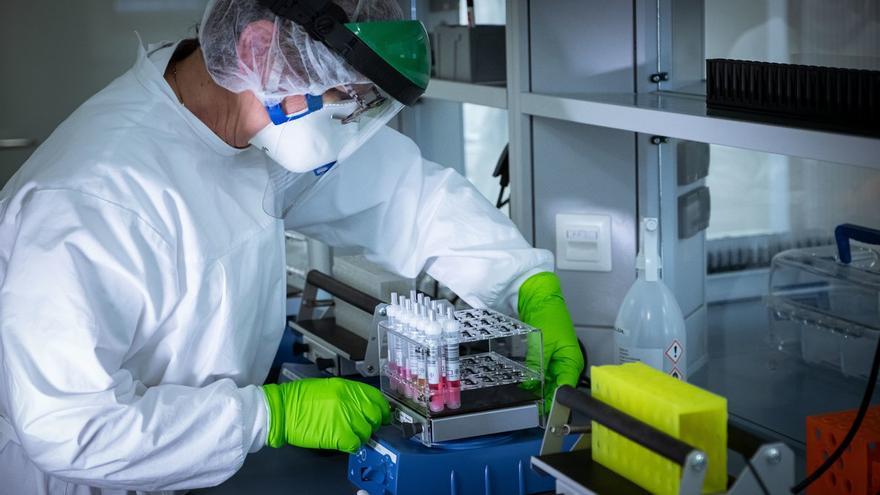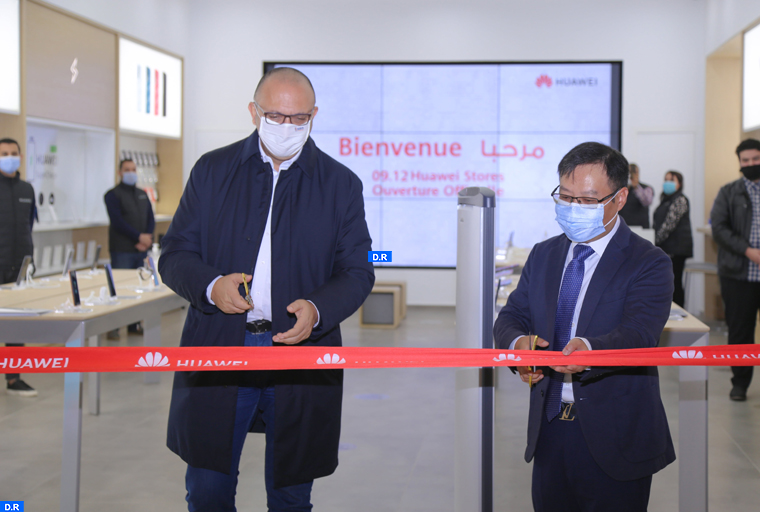A group of Australian scientists developed a pioneering technique of genomic sequencing, fast and highly accurate, which will help determine the source of the unknown cases of covid-19 in only four hours, publishes a study this Thursday.
Researchers at the University of New South Wales (UNSW) relied on a British nanopore sequencing method to identify the new coronavirus, called SARS-CoV-2, in cases where the source is unclear. by means of a reconstruction of its evolutionary history, as well as detecting the so-called super-propagators, according to EFE.
The time it currently takes to detect one of these cases is around 24 hours in Australia, which suffered a second wave of covid-19 in the city of Melbourne between June and November as a result of alleged failures in the quarantine centers for travelers international.
“When a new ‘unknown’ case of coronavirus is identified, every minute counts,” stressed the lead author of this study, Ira Deveson, head of the Genomic Technologies Group at UNSW’s Garvan Center for Clinical Genomics.
This new technique consists of identifying the genetic variations that occur in covid-19 transmissions to establish the relationship between those who contracted the virus, while opening the possibility that a future the genomic scan It is done in real time, according to a statement from the university.
“Every time the covid-19 virus is transmitted from one person to another, it makes copy errors that modify a couple of the 30,000 genetic letters,” explained Rowena Bull, from the Kirby Institute of UNSW and co-author of this study published in the scientific journal Nature Communications.
The British method has the advantage that it does not have limits on the length of DNA fragments sequencing, in addition to giving the possibility to determine the complete sequence of a viral genome more quickly, unlike conventional methods that read up to 150 letters at a time, according to the UNSW statement.
It may interest you
Faced with concerns regarding the accuracy of this nanopore sequencing method, the UNSW researchers determined that it was 99 accurate in detecting 157 SARS-CoV-2 positive patient specimens.
Australia, where an emphasis has been placed on tracking systems, has accumulated almost 28,000 infections since the beginning of the pandemic, including 908 deaths, most of them due to the Melbourne outbreak.
– .


